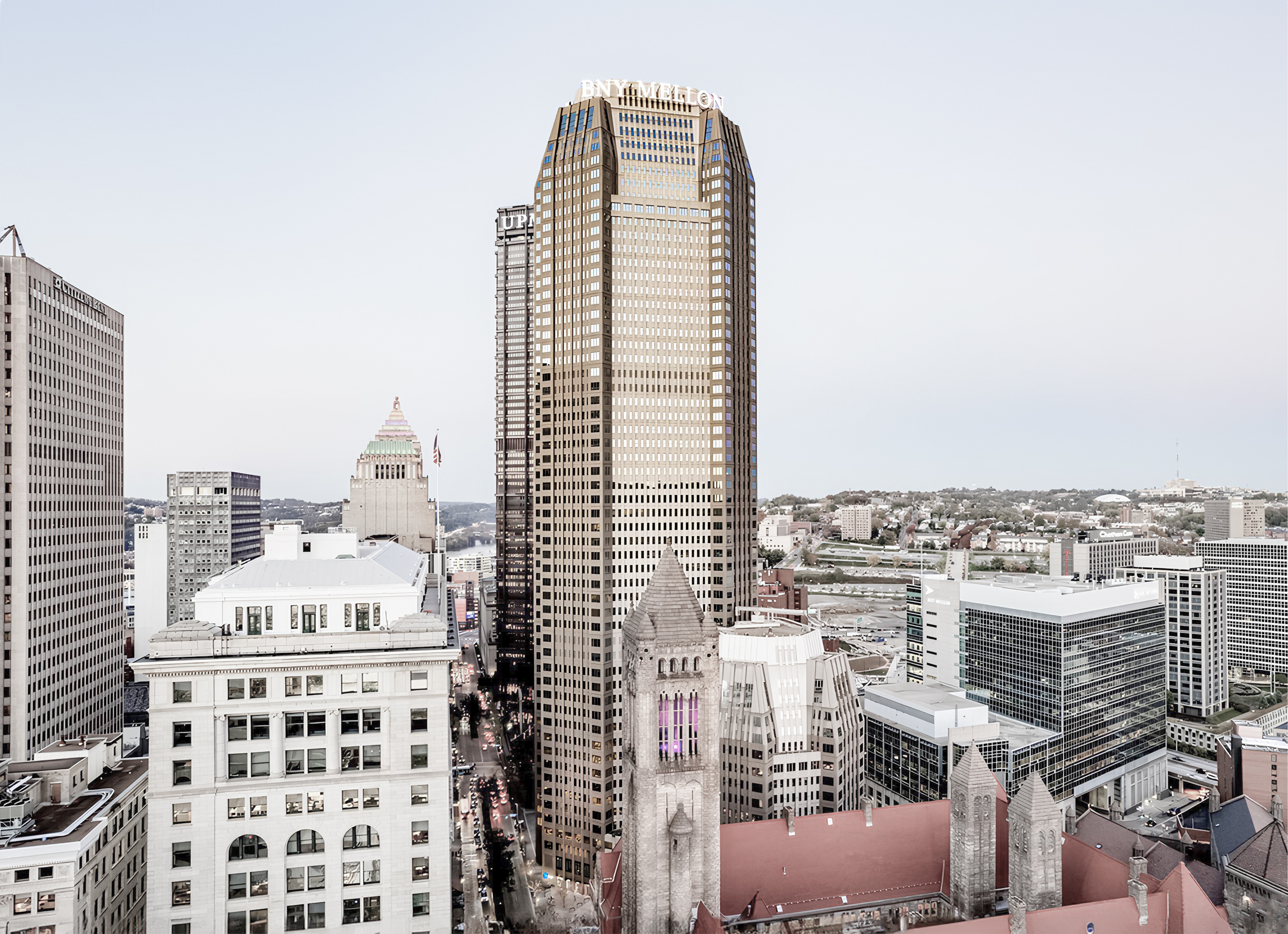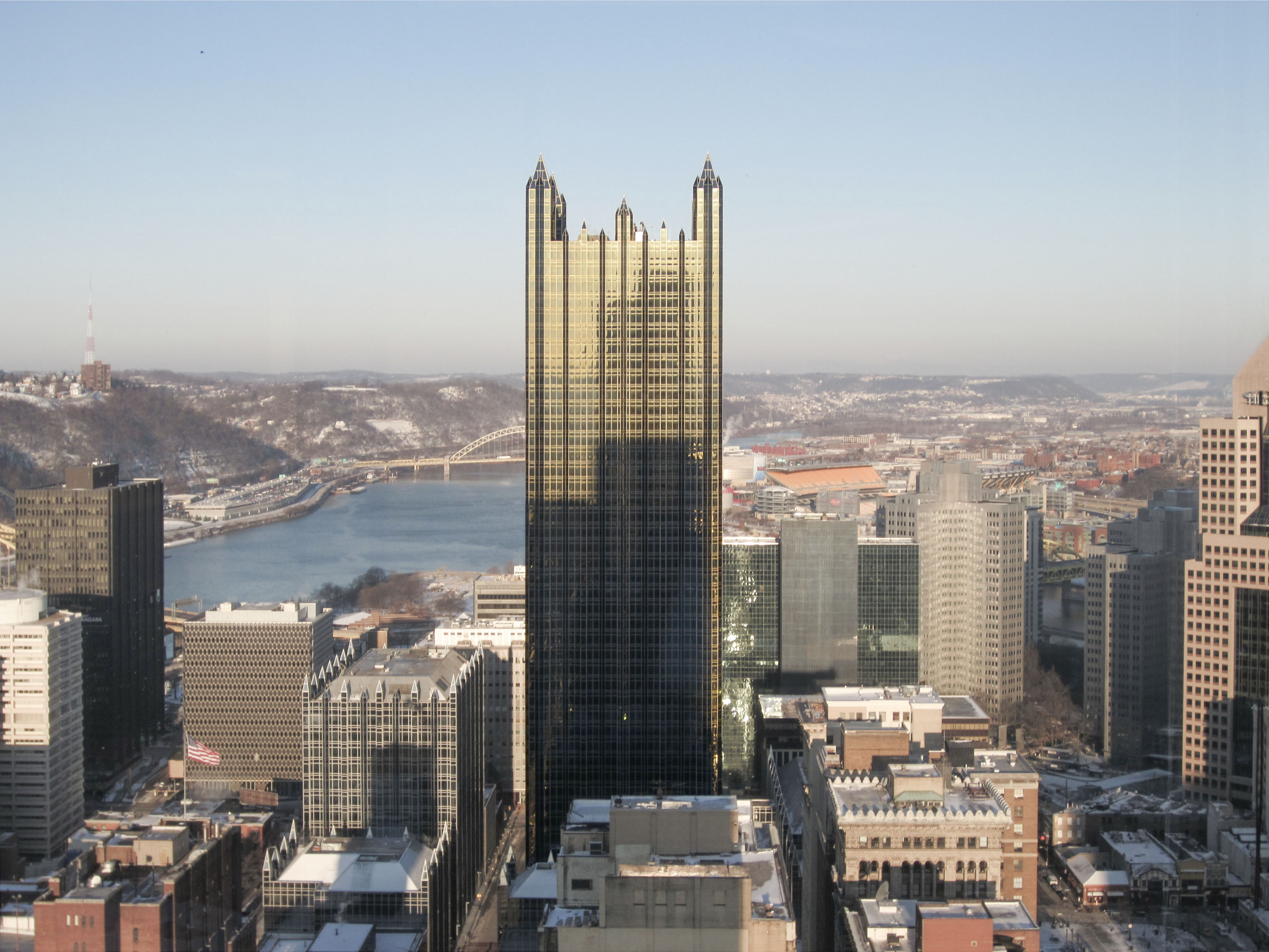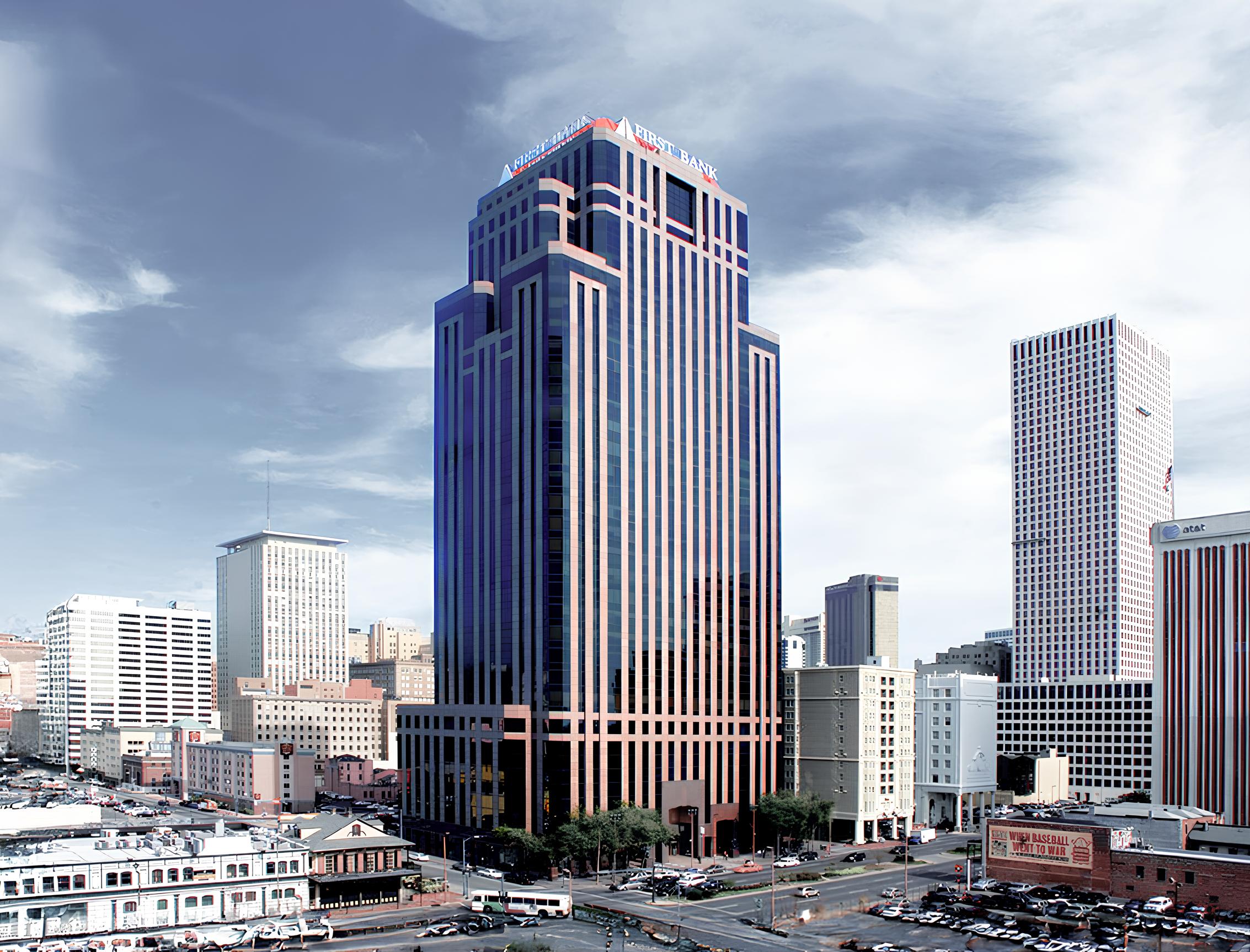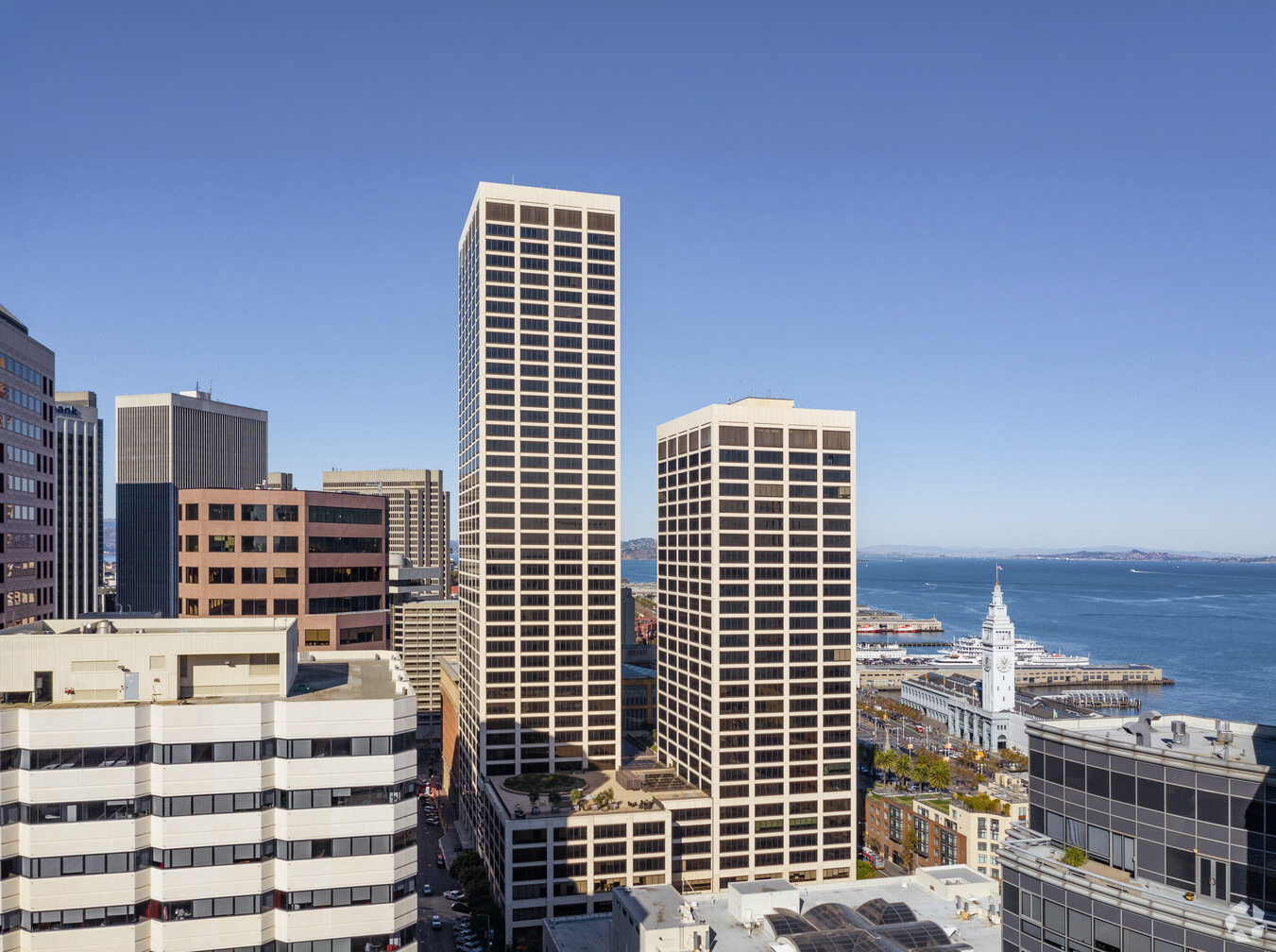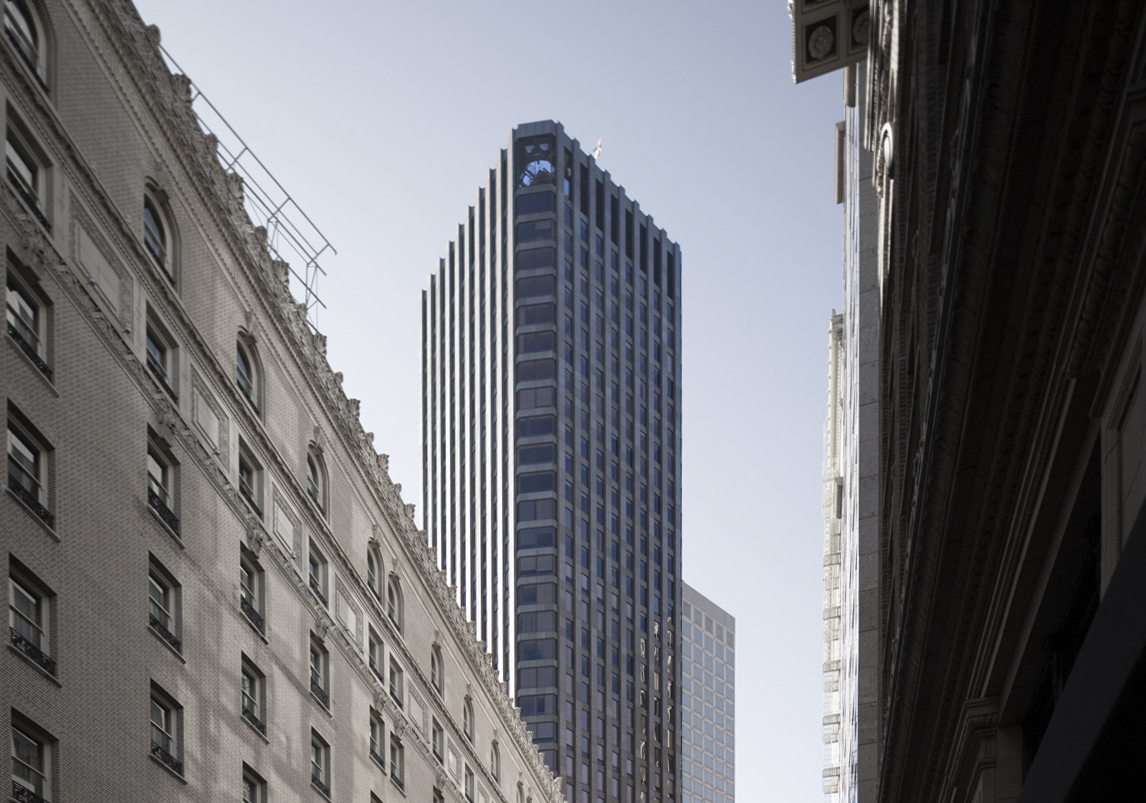The BNY Mellon Center Pittsburgh Building is a Postmodernist skyscraper designed by Welton Becket and Associates, and built between 1980 and 1984, for a reported $100 million dollars, in Pittsburgh, PA.
BNY Mellon Center Pittsburgh Building is not the only name you might know this building by though. It is common for companies to want to attach their names to iconic buildings when they move in, or for the general public to come up with nicknames, and this one is no exception. The building has changed names several times over the years, and is also known as:
- Dravo Tower.
- One Mellon Center between 1984 and 2008 .
- One Mellon Bank Center from 2008 until this day.
Its precise street address is 500 Grant St, Pittsburgh, PA. You can also find it on the map here.
In 2012 the BNY Mellon Center Pittsburgh Building was awarded with the MBA Building Excellence Award.
The building underwent a major restoration between 2010 and 2013. The architect commissioned to undertake this restoration was H.F. Lenz.
